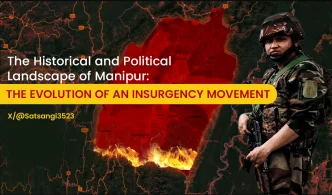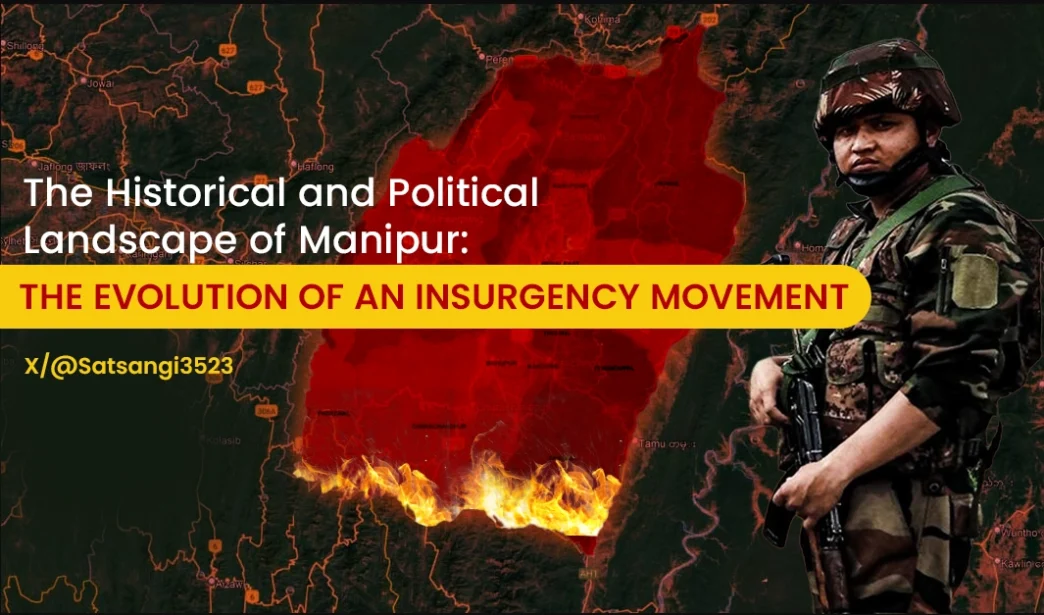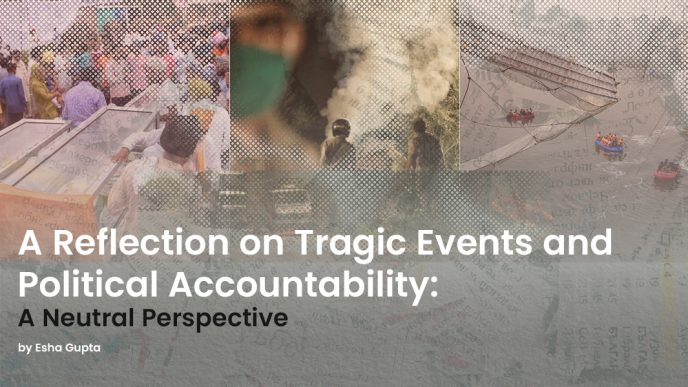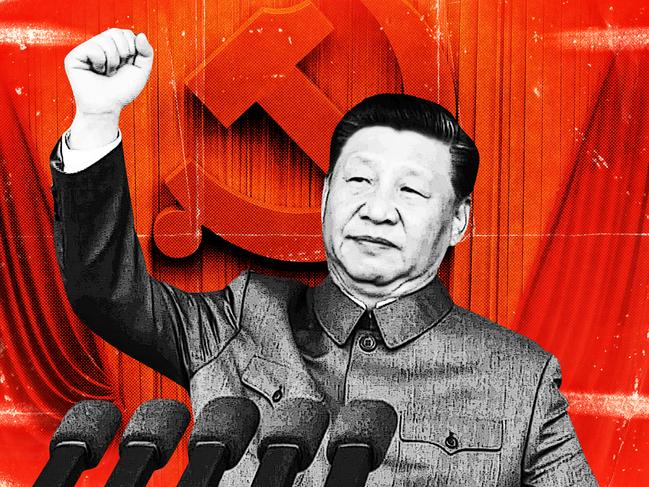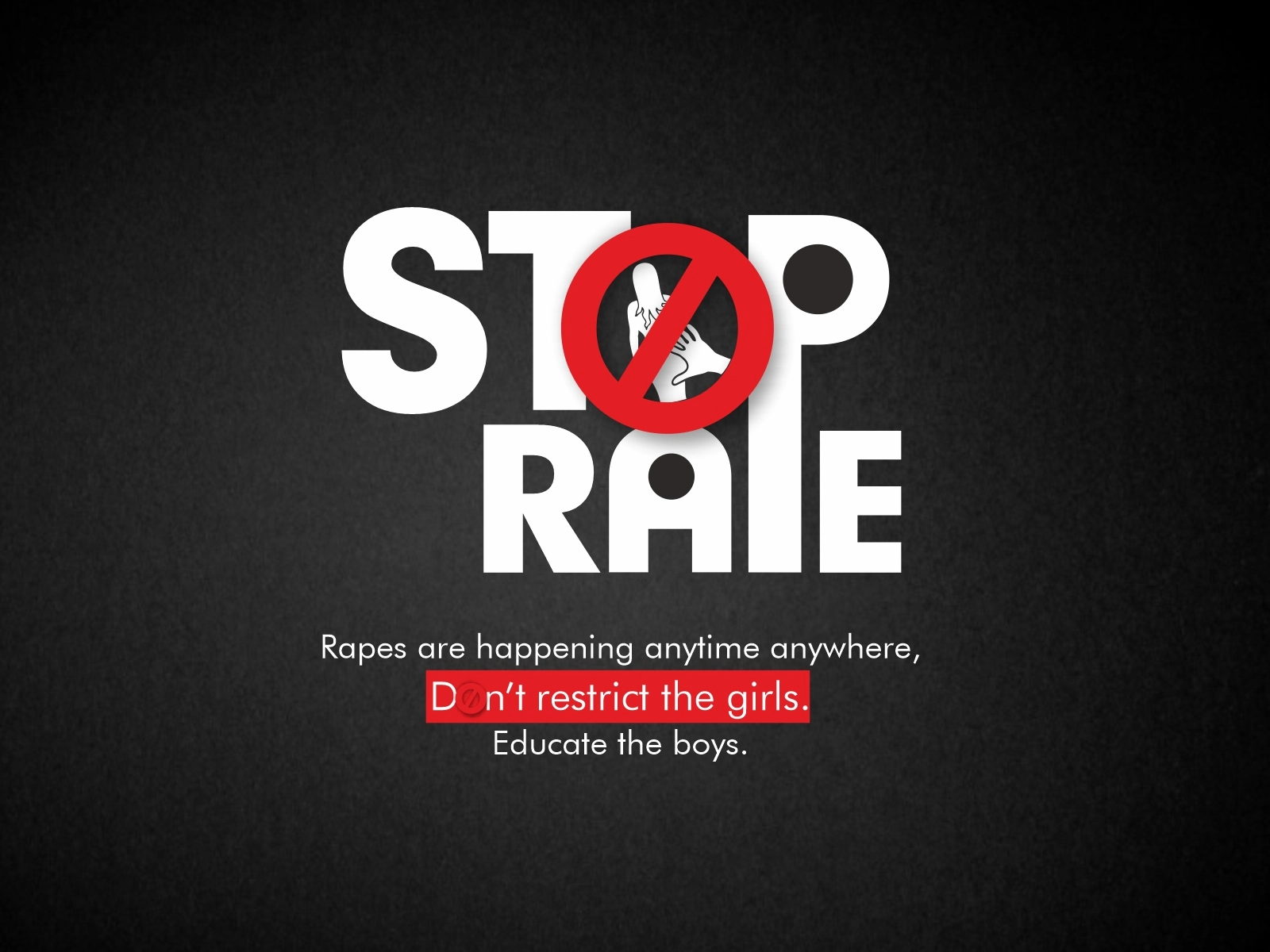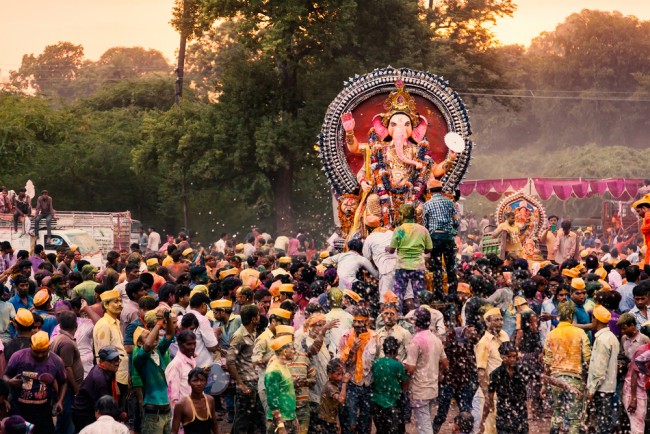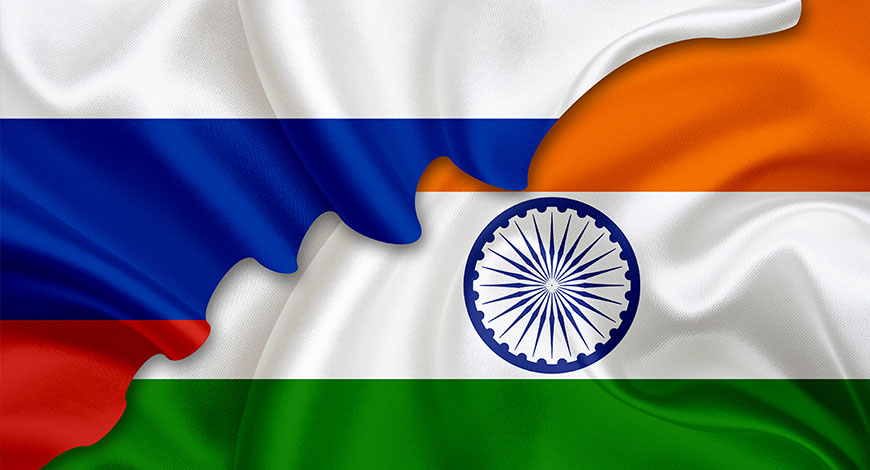-
Ancient and Medieval History: Origins of Manipur’s Political and Cultural Identity
Manipur’s history stretches back over two millennia, with the kingdom of Manipur having been established around 33 CE. The region’s early history is largely based on local traditions and Puya texts, which form the backbone of Manipuri culture.
Key Events:
- Establishment of the Kingdom of Manipur: According to Manipuri mythology, the kingdom was founded by Nongda Lairen Pakhangba in the 33rd century BCE. He is regarded as the first king of Manipur and was instrumental in forming a unified kingdom.
- Cultural Flourishing: Throughout the medieval period, the Manipuri people developed a rich cultural tradition, especially in dance (notably the Raas Leela), art, and language. These were important markers of the state’s identity.
- Territorial Expansion and Conflicts: The kingdom grew in strength under various rulers. The 18th century witnessed a period of territorial expansion, with Manipur expanding its borders to include territories that are now parts of Myanmar (Burma), Assam, and Nagaland. Conflicts with neighboring kingdoms and regions were frequent, including with the Burmese and British forces.
- Manipur’s identity during this period was strongly shaped by its monarchs, and its religious and cultural heritage formed the bedrock of its unique identity.
-
British Colonial Period: Annexation and the Strain of Colonial Rule
The most significant event in the colonial era for Manipur was its annexation by the British in 1891, which marked the beginning of political and social changes that would deeply affect its later developments.
Key Events:
- AngloManipuri War (1891): Tensions between the British East India Company and the Manipuri kingdom escalated due to the Manipuri king’s refusal to submit to British rule. The war began after a power struggle in the state’s royal family led to the king’s death. The British intervened to impose their influence, and after a brief but intense battle, they annexed Manipur.
- Annexation of Manipur: Following the war, Manipur became a part of the British Indian Empire in 1891, but it was allowed to retain some degree of local rule under the Maharaja. However, the political autonomy enjoyed by Manipur was increasingly reduced over time, particularly as the British strengthened their control.
This period of British rule left the Manipuris with a complex relationship with external authority, and a growing resentment toward foreign control started to build.
-
Independence and the Controversial Merger with India
The most contentious period in Manipur’s modern history came with India’s independence in 1947 and the subsequent political transition that led to the state’s merger with India.
Key Events:
- India’s Independence (1947): As the British Empire withdrew from India in 1947, several princely states were given the option to join either India or Pakistan. Manipur, though an independent kingdom under its Maharaja, was not given a similar opportunity for a free choice.
- The Merger Agreement (1949): In September 1949, the Indian government, under Prime Minister Jawaharlal Nehru, signed the Manipur Merger Agreement with the Maharaja of Manipur. This agreement led to the formal integration of Manipur into the Indian Union, but it was done under dubious circumstances. The Maharaja was reportedly pressured and misled into signing the agreement. The lack of consultation with the Manipuri population led to a deep sense of betrayal, which remains a major source of grievance for the people to this day.
- Reaction to the Merger: Many Manipuris saw the merger as a violation of their sovereignty, and it sowed the seeds of separatist sentiment. This event became the cornerstone for the insurgency movements that followed.
This event marked the beginning of discontent among the Manipuri people, as they were forced to give up their autonomy without their consent.
-
Post Independence: Political and Economic Marginalization
After the merger, Manipur continued to face political and economic marginalization. While the Indian state gradually consolidated its hold over the region, the people of Manipur felt left out of the broader national project.
Key Events:
Manipur as a Union Territory (1956): In 1956, Manipur was made a Union Territory of India. This decision reduced its political stature and reinforced the idea that it was a region controlled by the Indian government rather than an autonomous entity.
Economic and Social Struggles: Over the next few decades, Manipur struggled with underdevelopment and economic stagnation. Its people felt disconnected from the national economy, and the Indian government’s focus on other regions left Manipur further marginalized.
The growing resentment against the Indian state, combined with the perceived neglect by the central government, led to an increasing desire for selfrule, laying the groundwork for the insurgency.
-
The Insurgency Movement: Emergence of Armed Resistance
The insurgency in Manipur began in the 1960s, as groups started to emerge demanding independence or greater autonomy for the state. These movements were fueled by historical grievances, the controversial merger, and economic neglect.
Key Events:
- The Founding of the UNLF (1964): The United National Liberation Front (UNLF), founded in 1964, was one of the first insurgent groups to emerge. The UNLF, along with other groups, espoused a vision of an independent Manipur free from Indian control. They initially employed guerrilla tactics to challenge the Indian state’s presence in the region.
- The Assam Rifles and the Use of Force: The Indian government responded to the insurgency with the deployment of the Assam Rifles and other military forces. Their task was to suppress the armed resistance and restore order. The Indian military’s heavyhanded tactics, including mass arrests, torture, and killings, only deepened the resentment and intensified the insurgency.
The 1960s and 1970s witnessed a growing insurgency as young Manipuris, dissatisfied with the Indian government’s approach, took up arms in protest.
-
The AFSPA and Counter Insurgency Operations
One of the most controversial and painful aspects of the conflict in Manipur has been the implementation of the Armed Forces Special Powers Act (AFSPA) and the widespread counterinsurgency operations carried out by Indian security forces.
Key Events:
- The Armed Forces Special Powers Act (AFSPA) (1958): AFSPA was enacted in 1958 to deal with the insurgencies in Northeast India, including Manipur. This draconian law gave Indian forces sweeping powers, such as the right to arrest without warrants, shoot at sight, and use lethal force without any accountability.
- Operation Bluebird (1990s): During the 1990s, a series of military operations, including Operation Bluebird, were launched to eliminate insurgent groups in Manipur. These operations were marked by gross human rights violations. Allegations of extrajudicial killings, torture, and arbitrary detentions by security forces were widespread.
- The Massacre at Malom (2000): One of the most notorious incidents occurred in 2000, when 10 civilians were killed by Indian paramilitary forces in Malom, in a case that came to symbolize the abuses committed under AFSPA.
The use of AFSPA led to widespread resentment in Manipur, with activists and local communities demanding its repeal. The law remains a deeply divisive issue, with critics arguing that it perpetuates a cycle of violence.
-
The Continuing Insurgency and Ethnic Struggles
Over the decades, the insurgency has evolved, with multiple groups adopting different agendas, from complete independence to greater autonomy within the Indian Union. Ethnic and religious tensions have also played a crucial role in shaping the insurgency.
Key Events:
- The Emergence of New Groups: Several insurgent groups, including the Kangleipak Communist Party (KCP), People’s Liberation Army (PLA), and National Socialist Council of Nagaland (NSCN), have operated in the region, each pushing different visions of what Manipur’s future should look like.
- Ethnic Conflicts: Manipur’s complex ethnic makeup (with Meitei, Naga, Kuki, and other communities) has resulted in multiple conflicts between groups, further complicating the insurgency. The Meitei, who are the majority in the Imphal valley, have often found themselves at odds with the Nagas and Kukis, who primarily inhabit the hills.
- Negotiations and Ceasefires: The Indian government has engaged in multiple rounds of peace talks with insurgent groups, but these have often failed to deliver lasting results due to deeprooted mistrust and the Indian government’s reluctance to grant full autonomy.
The insurgency has continued into the 21st century, with occasional flareups of violence between insurgents and the Indian military. The insurgents demand greater selfrule, while the central government remains hesitant to grant them more autonomy due to security concerns.
Conclusion: The Long Road to Resolution
Manipur’s struggle for autonomy is a long and complex tale that stretches back to its days as an independent kingdom. The legacy of colonial rule, the painful merger with India, the rise of insurgency, and the response of the Indian state have all played a role in shaping the current conflict. The people of Manipur continue to fight for their right to selfdetermination, but the road to peace remains fraught with challenges.
The insurgency movement, while deeply rooted in historical grievances, is also shaped by contemporary issues, including ethnic tensions, human rights abuses, and the question of India’s federal structure. Only through meaningful dialogue, respect for the unique cultural and political identity of Manipur, and a commitment to human rights can a lasting solution be achieved.
